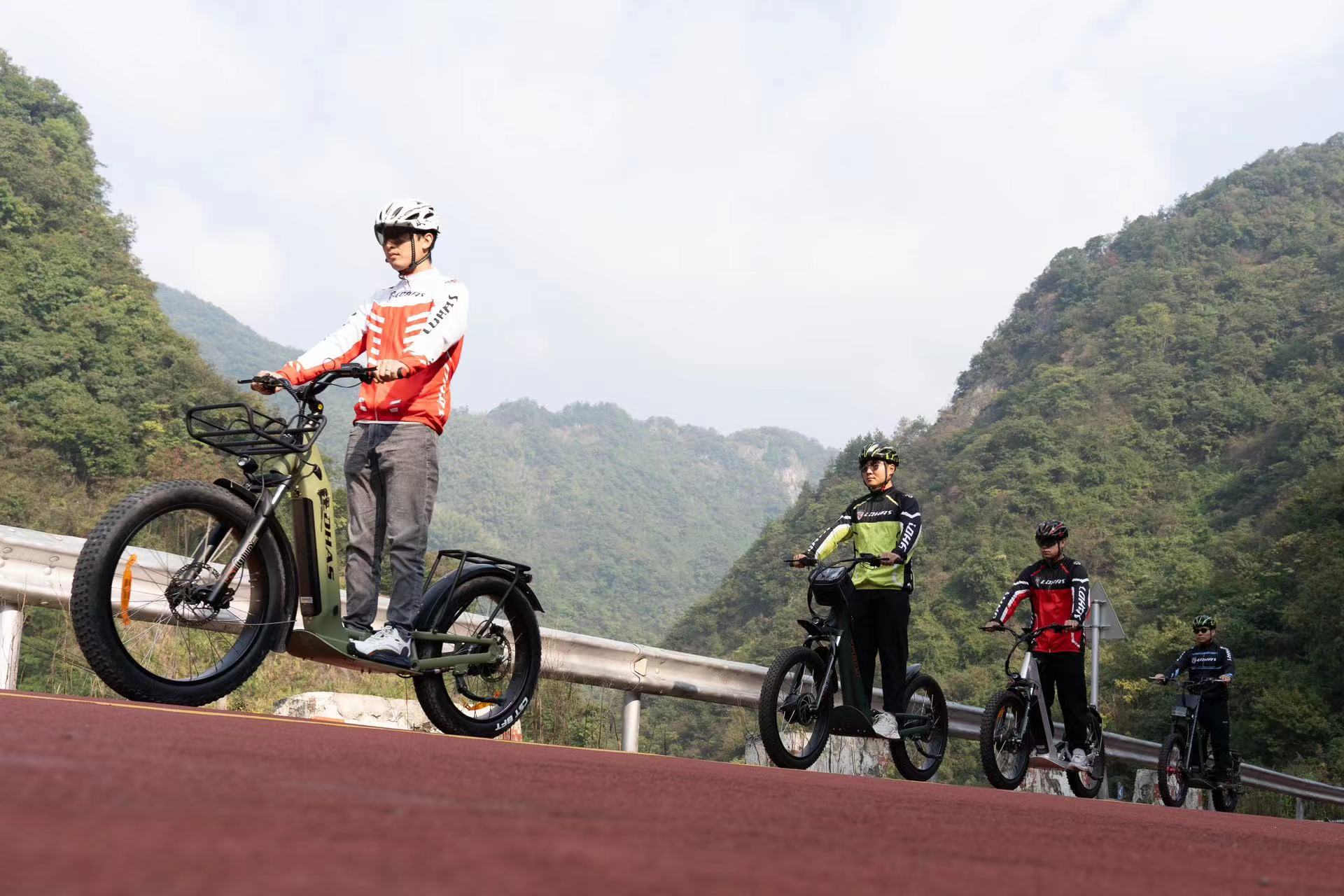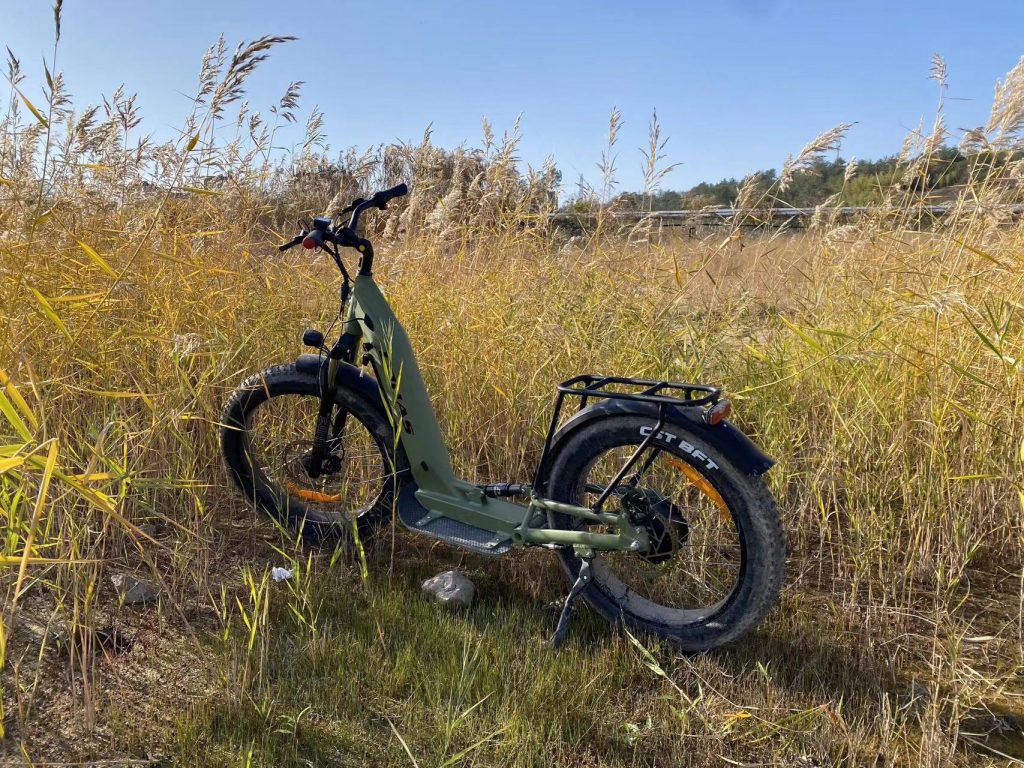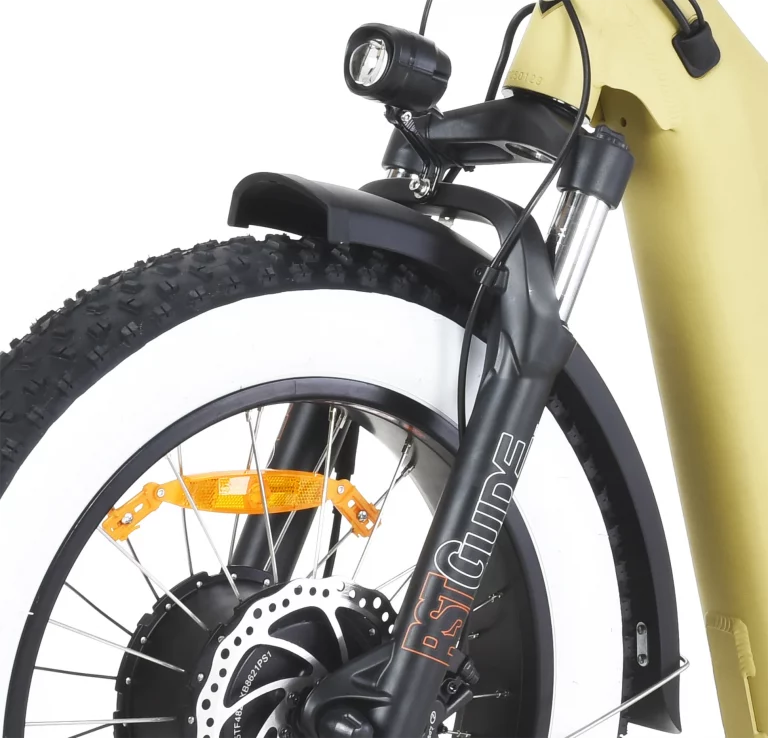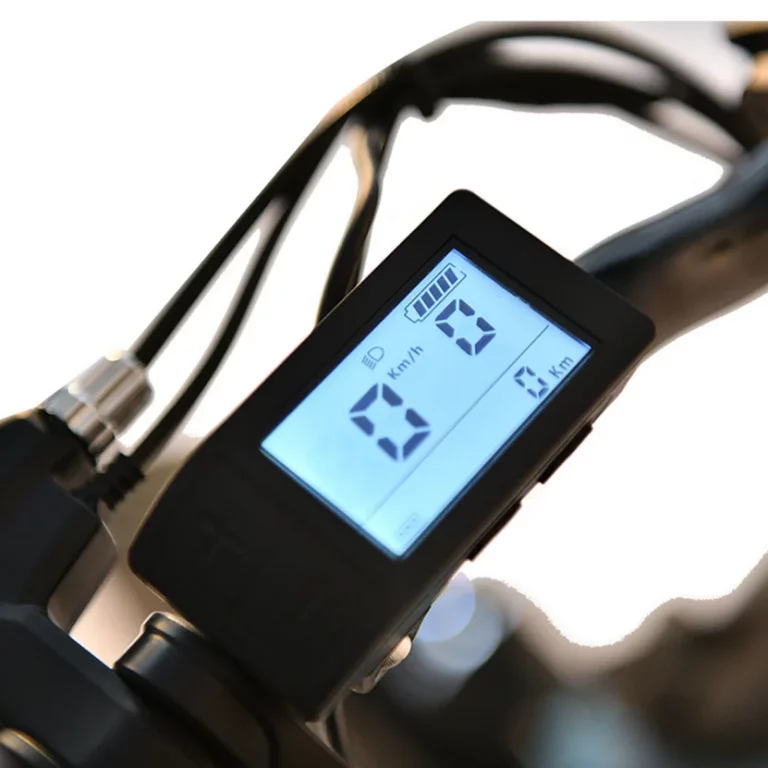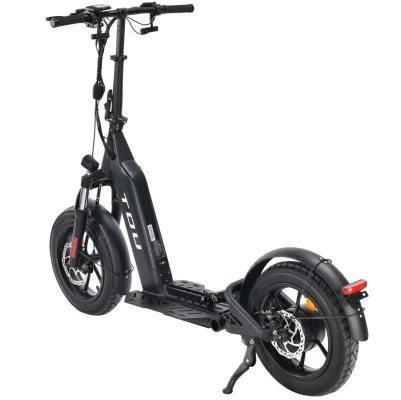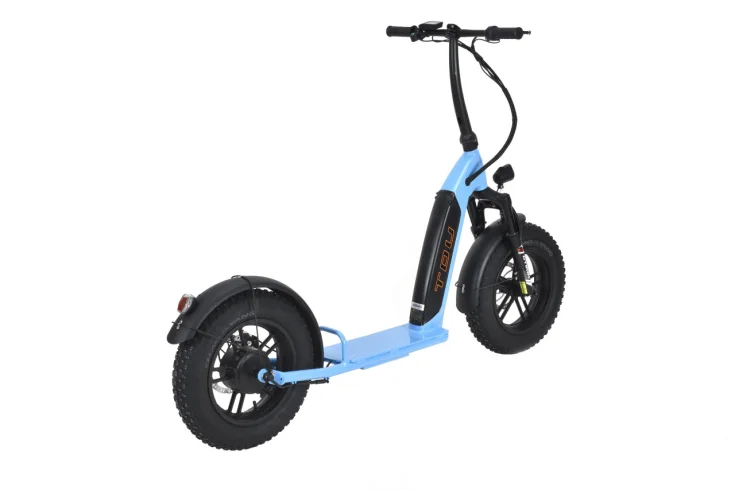Understanding the weight limits of electric scooters is crucial for safe and optimal performance. This comprehensive guide aims to shed light on the importance of these limits, providing insights into how much weight electric scooters can hold. By delving into safety implications and performance considerations, riders can make informed decisions to enhance their riding experience. Understanding Electric Scooter Weight Limits: How Much Weight Can They Hold?
Electric Scooter Weight Limit
When considering electric scooter weight limits, it’s essential to understand the distinctions between standard models and heavy-duty options.
General Weight Capacities
- Standard Models: These electric scooters typically have weight capacities ranging from 220 to 330 pounds (100 to 150 kilograms). They are designed for everyday use and offer a balance between portability and performance.
- Heavy-Duty Models: On the other hand, heavy-duty electric scooters can support higher, often exceeding 400 pounds. These models are ideal for riders who require additional stability and durability.
Importance of Adhering to Weight Limits
Adhering to the specified weight limit of an electric scooter is paramount for ensuring rider safety and optimal performance.
Safety Concerns
Exceeding the recommended weight capacity of an electric scooter can compromise its structural integrity, leading to potential accidents. It’s crucial to follow manufacturer guidelines to prevent safety hazards.
Performance Issues
Electric scooter weight directly impacts its speed, range, and overall efficiency. Overloading the scooter can strain the motor and battery, resulting in reduced performance and accelerated wear and tear.
By understanding these distinctions in weight capacities and adhering to specified limits, riders can enjoy a safe and efficient riding experience on their electric scooters.
Understanding Electric Scooter Weight Limits: How Much Weight Can They Hold?
When exploring the factors determining weight limits of electric scooters, it becomes evident that various elements play a crucial role in defining the maximum weight capacity of these innovative modes of transportation.
Factors Determining Weight Limits
Design and Materials
The design and materials utilized in the construction of an electric scooter significantly influence its weight limit. Manufacturers carefully engineer scooters with durable components to ensure structural integrity and optimal performance. By utilizing high-quality materials such as aluminum alloys and reinforced plastics, electric scooters can achieve higher weight capacities without compromising on portability or efficiency.
Motor Power and Battery Capacity
Another critical aspect that impacts the weight limit of electric scooters is the motor power and battery capacity. The motor’s strength determines the scooter’s ability to carry heavier loads efficiently, while a robust battery ensures sustained performance over extended periods. Electric scooters equipped with powerful motors and high-capacity batteries can accommodate greater weights without sacrificing speed or range.
Regulations and Compliance
Regional Regulations
In addition to design considerations, regional regulations also dictate the permissible weight limits for electric scooters. Different areas may enforce specific guidelines regarding the maximum weight capacity allowed for these vehicles to ensure rider safety and compliance with local laws. It is essential for riders to familiarize themselves with the regulations in their region to avoid any legal implications related to exceeding weight limits.
Manufacturer Guidelines
Moreover, manufacturer guidelines serve as valuable resources for understanding the recommended weight limits of specific electric scooter models. Manufacturers conduct rigorous testing to determine the optimal weight capacities for their products, taking into account factors such as structural stability, performance capabilities, and overall rider experience. Adhering to these guidelines not only guarantees safe usage but also prolongs the lifespan of the scooter.
By considering these key factors that determine electric scooter weight limits, riders can make informed decisions when selecting a scooter that aligns with their individual needs and preferences. Whether prioritizing portability, performance, or regulatory compliance, understanding how design, materials, motor power, battery capacity, regional regulations, and manufacturer guidelines influence weight limits is essential for a safe and enjoyable riding experience.
Factors Affecting Weight Limits
Rider Weight and Riding Conditions
When considering the impact of rider weight on electric scooters, it is essential to recognize that heavier riders can exert more pressure on the scooter’s components. This increased pressure can lead to accelerated wear and tear, affecting the overall performance and longevity of the scooter. Moreover, riding conditions play a significant role in determining how weight affects the scooter. For instance, rough terrains require more power to navigate, which can strain the scooter’s motor and battery when carrying heavier loads.
Terrain and Weather
The terrain on which an electric scooter operates directly influences its weight-bearing capacity. Uneven surfaces or steep inclines demand more power from the scooter, especially when carrying heavier riders. In such conditions, the scooter’s motor works harder to maintain speed and stability, potentially impacting its overall performance. Additionally, adverse weather conditions, such as rain or snow, can further challenge the scooter’s ability to carry heavy loads safely. Wet surfaces reduce traction, affecting braking distance and maneuverability.
Riding Style
Riding style also plays a crucial role in how weight limits affect electric scooters. Aggressive riding behaviors, such as sudden acceleration or sharp turns, can increase stress on the scooter’s components when carrying heavier riders. These actions not only impact the scooter’s performance but also pose safety risks for both the rider and other road users. By adopting a smoother and more controlled riding style, riders can mitigate excessive strain on the scooter and ensure a safer riding experience.
Maintenance and Wear
Maintaining an electric scooter regularly is paramount to preserving its structural integrity and performance capabilities over time. Routine inspections allow riders to identify any signs of wear or damage that may be exacerbated by exceeding weight limits. Components such as tires, brakes, suspension systems, and frames are particularly susceptible to increased stress from carrying heavy loads. By conducting thorough inspections and addressing any issues promptly, riders can prolong their scooter’s lifespan and optimize its performance.
Regular Inspections
Regular inspections involve checking various aspects of the electric scooter to ensure that it remains safe for operation under different load conditions. Inspecting tire pressure, brake functionality, suspension alignment, and frame integrity is crucial for identifying potential issues caused by exceeding weight limits. Addressing these issues proactively through maintenance procedures can prevent accidents resulting from component failure due to excessive stress.
Component Upgrades
In some cases where riders consistently operate their electric scooters near or above the weight limit, considering component upgrades may be beneficial. Upgrading critical components like suspension systems or brakes to higher-performance alternatives designed for heavier loads can enhance the scooter’s durability and safety margins. However, it is essential to consult with professional technicians or manufacturers before making any modifications to ensure compatibility with existing systems.
By understanding how rider weight, riding conditions, maintenance practices, and component upgrades influence electric scooters’ weight limits, riders can make informed decisions to optimize their riding experience while prioritizing safety and longevity.
Recommendations for Different User Groups
Children and Teenagers
When it comes to electric scooters for children and teenagers, safety should always be the top priority. Here are some valuable recommendations to ensure a secure and enjoyable riding experience:
Suitable Models
- Opt for electric scooters specifically designed for children, with weight limits that cater to their size and age.
- Choose models with enhanced stability features, such as wider decks and lower speeds, to promote balance and control.
- Look for scooters equipped with reliable braking systems that are easy for young riders to operate safely.
Safety Tips
- Always provide proper supervision when children are using electric scooters to prevent accidents or injuries.
- Encourage the use of appropriate safety gear, including helmets, knee pads, and elbow pads, to protect against potential falls.
- Educate young riders on basic traffic rules and safe riding practices to enhance their awareness and responsiveness while on the road.
Adults and Heavier Riders
For adults and heavier riders seeking an optimal electric scooter experience, considering heavy-duty models and adopting best practices is essential:
Heavy-Duty Electric Scooters
- Explore heavy-duty electric scooter options specifically engineered to support higher weights without compromising performance.
- Look for models with reinforced frames, powerful motors, and extended battery capacities to accommodate heavier loads effectively.
- Prioritize durability and stability when selecting an electric scooter as a heavier rider to ensure long-term reliability.
Best Practices
- Regularly inspect your electric scooter for any signs of wear or damage caused by exceeding weight limits to maintain its performance.
- Practice smooth acceleration and deceleration techniques to reduce strain on the scooter’s components while carrying heavier loads.
- Consider upgrading critical components like suspension systems or brakes if consistently operating near or above the weight limit for enhanced safety.
By following these tailored recommendations based on user groups’ specific needs, both children/teenagers and adults/heavier riders can enjoy a safe, efficient, and fulfilling electric scooter riding experience.
To ensure a safe and enjoyable electric scooter experience, understanding and adhering to the weight limit is paramount. By conducting thorough research and following safety precautions, riders can optimize performance and longevity. Exceeding the weight limit may compromise safety, stability, and control, leading to potential accidents. It could also void warranties and insurance coverage, leaving riders financially liable for damages. Always recommend giving yourself some leeway in maximum loads for added safety and peace of mind.
Yongkang LOHAS Vehicle Co., Ltd
LOHAS‘s Electric Scooter is a revolutionary product that is redefining urban mobility. This eco-friendly scooter is designed for the modern, conscious consumer who values sustainability, health, and quality of life. It is not just a mode of transportation, but a lifestyle choice that aligns with the principles of LOHAS (Lifestyles of Health and Sustainability).
The LOHAS Electric Scooter is lightweight, compact, and easy to maneuver, making it perfect for navigating through city streets. It is powered by a high-performance electric motor that ensures a smooth and efficient ride. The scooter is equipped with a robust battery that offers a long range, allowing you to travel longer distances without worrying about recharging.
One of the standout features of the LOHAS Electric Scooter is its adjustable weight limit. This feature allows users of different weights to use the scooter comfortably and safely. It is designed to accommodate a wide range of body types, making it a versatile choice for many riders.
The scooter also comes with a digital display that provides real-time information about speed, battery life, and distance traveled. It has a sturdy frame and durable wheels that can withstand the rigors of daily use.
In terms of safety, the LOHAS Electric Scooter is equipped with a reliable braking system and bright LED lights for better visibility at night. It also has a bell for alerting pedestrians and other road users.
In conclusion, the LOHAS Electric Scooter is a practical, sustainable, and fun way to get around. It is a testament to LOHAS’s commitment to promoting healthier and more sustainable lifestyles.

